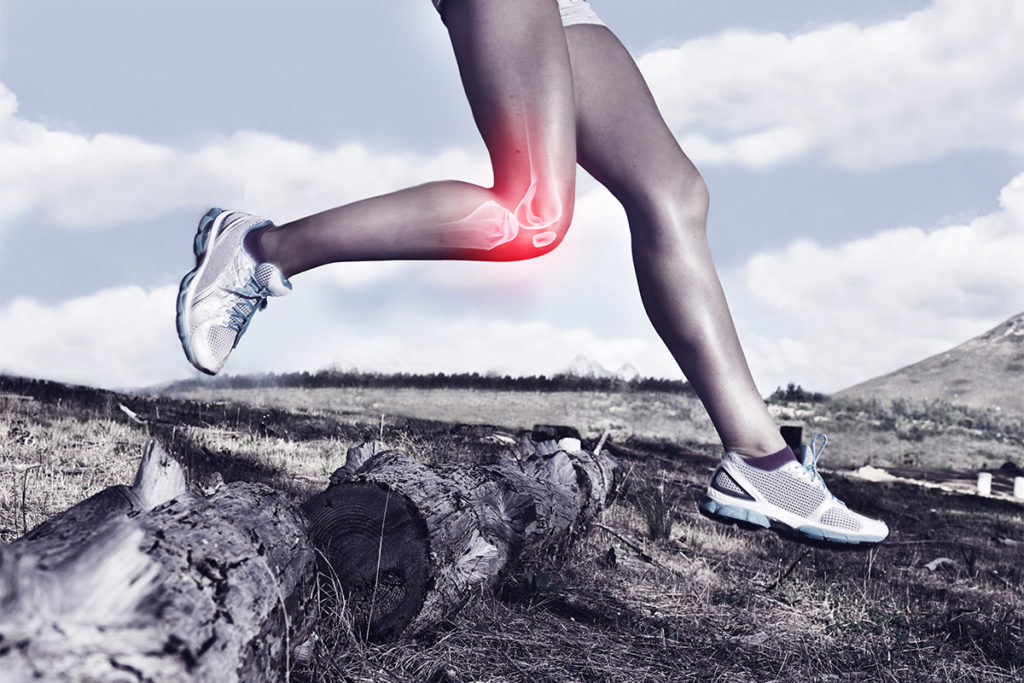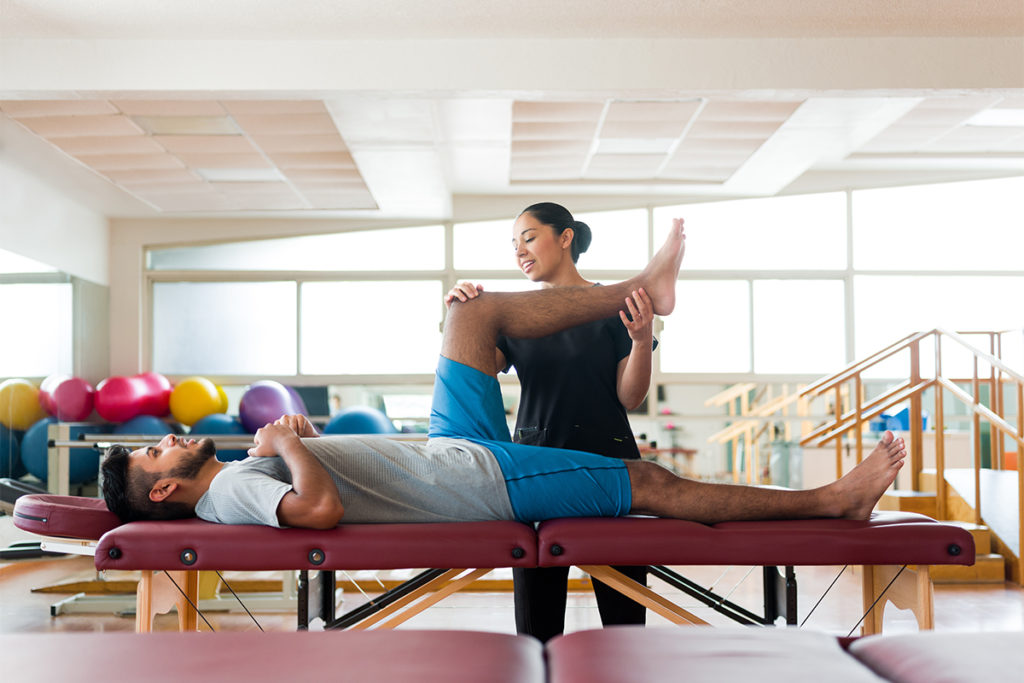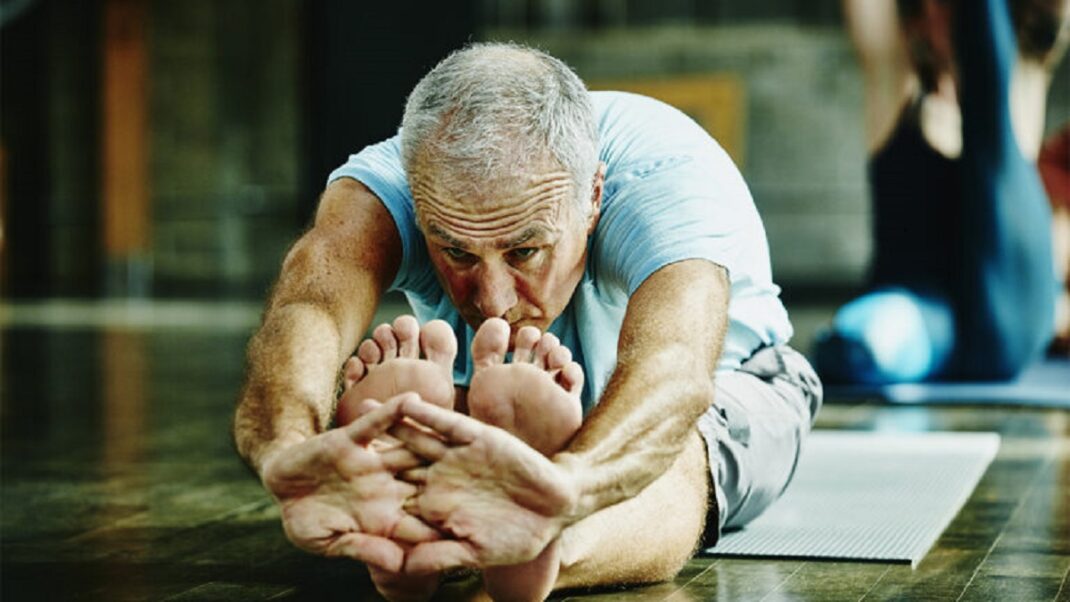Recovery Routines: Foam Rolling, Mobility, and Sleep
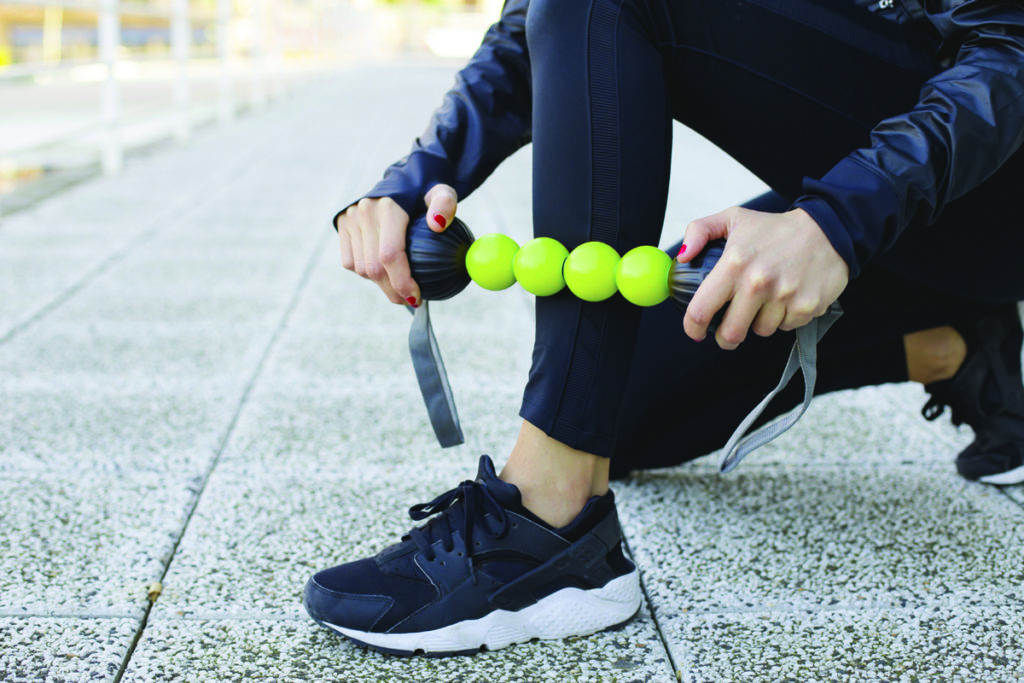
Why Recovery Matters as Much as Training
In the world of health and fitness, much of the focus falls on training. People talk about workouts, strength programs, cardio sessions, and performance goals. Yet, what often goes overlooked is that progress does not occur during the workout itself. It happens in the hours and days that follow, when the body adapts to the stress placed upon it. This process is called recovery, and without it, even the most disciplined training plan can fall short.
Recovery involves more than just resting between sessions. It is an active, intentional process that allows muscles, joints, and the nervous system to repair and adapt. Effective recovery routines combine physical practices, such as foam rolling and mobility drills, with lifestyle choices like sleep and nutrition. Together, these elements build resilience, reduce the risk of injury, and enhance long-term performance.
Too often, recovery is viewed as optional or secondary to the “real work” of training. However, without sufficient recovery, fatigue accumulates, performance declines, and injury risk increases. Athletes who prioritize recovery not only perform better but also sustain their training for years. For everyday exercisers, strong recovery routines make it possible to stay consistent and avoid burnout.
This article explores three pillars of recovery that anyone can incorporate into their fitness routine: self-myofascial release with foam rolling, mobility-focused training, and the role of sleep. Each element provides unique benefits, and when combined, they create a powerful foundation for sustainable progress.
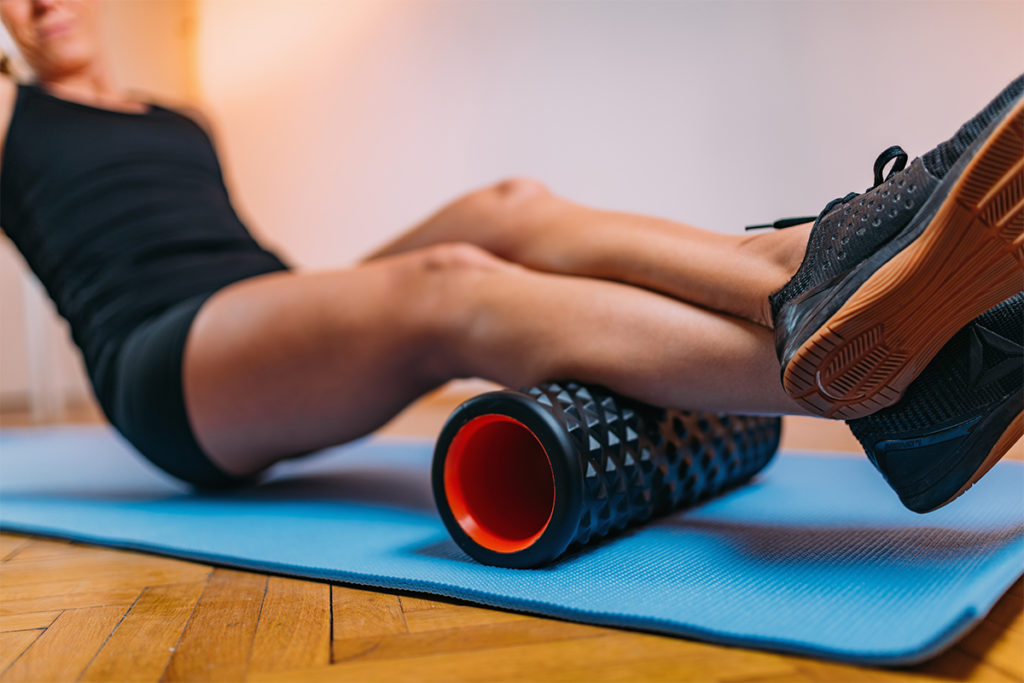
Foam Rolling: The Science of Self-Myofascial Release
Foam rolling, a form of self-myofascial release (SMR), has become a staple in recovery routines for athletes and everyday exercisers alike. The concept is simple: using a foam roller or similar tool, individuals apply pressure to muscles and fascia to release tension and improve tissue quality.
Research suggests that foam rolling can increase blood flow, reduce muscle soreness, and improve flexibility. A systematic review by Cheatham et al. (2015) found that SMR can enhance range of motion without impairing strength performance. This is significant because traditional static stretching, while beneficial, can sometimes temporarily reduce power output. Foam rolling provides a way to improve mobility without compromising strength.
How Foam Rolling Works
Foam rolling stimulates mechanoreceptors in muscles and fascia, leading to reduced neuromuscular tension. Increased circulation enhances nutrient delivery and waste removal, both of which aid recovery. While the exact physiological mechanisms are still being studied, evidence consistently shows benefits in reducing delayed onset muscle soreness (DOMS) and improving short-term performance.
Foam rolling also plays a psychological role. Many exercisers report that it creates a sense of relaxation similar to massage. The act of slowing down, breathing deeply, and focusing on specific muscle groups can double as mindfulness, reducing overall stress. This mental recovery complements the physical benefits and helps reinforce long-term consistency with exercise.
Over time, individuals who use foam rolling regularly may notice improved body awareness. Identifying areas of tightness or tenderness during rolling helps highlight imbalances or overused muscles. This awareness can guide training choices, such as reducing volume in certain movements, adding corrective exercises, or seeking professional support when needed.
Practical Guidelines
- Spend 30–90 seconds rolling each major muscle group.
- Focus on sore or tight areas, but avoid direct pressure on joints or bones.
- Incorporate foam rolling before workouts to improve readiness, and after workouts to aid recovery.
- Progress gradually, as rolling too aggressively can cause discomfort or bruising.
Foam rolling is not a replacement for professional therapy, but it is a cost-effective, accessible method that individuals can use daily. It can be done at home, at the gym, or even during breaks at work. When combined with mobility training and adequate sleep, it becomes one of the most practical tools for recovery.
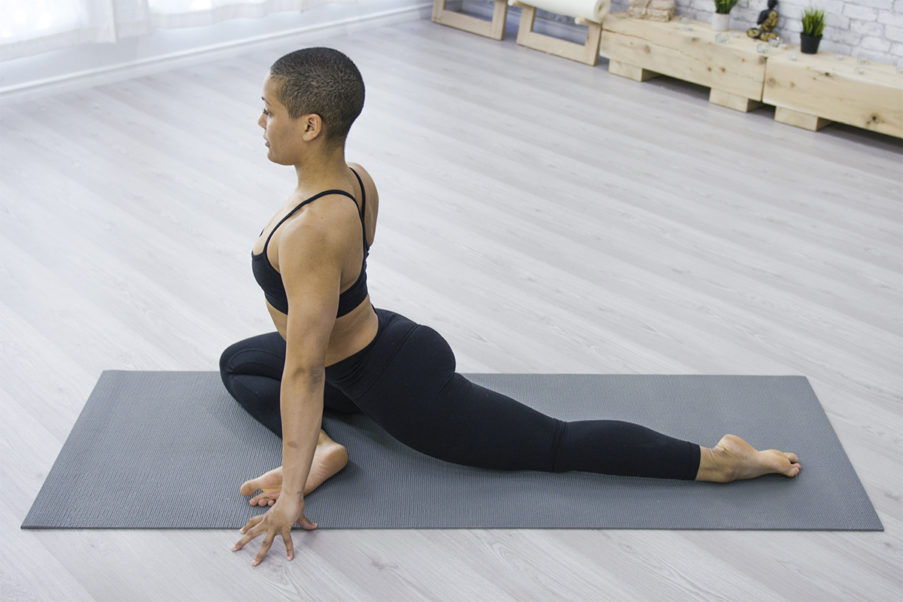
Mobility Training: Moving Beyond Flexibility
While foam rolling addresses muscle tension, mobility training reinforces functional movement patterns. Mobility goes beyond flexibility. Flexibility is the ability of a muscle to lengthen, while mobility is the ability of a joint to move through its full range of motion with control.
Why Mobility Matters
Functional mobility ensures that movements such as squats, lunges, and overhead presses are performed safely and efficiently. When mobility is restricted, compensations occur. These compensations may not cause immediate pain, but over time, they increase the risk of injury. For example, limited ankle mobility can alter squat mechanics, placing undue stress on the knees or lower back.
Mobility training also helps counteract the effects of modern lifestyles. Prolonged sitting, computer use, and repetitive movement patterns can lead to stiffness in the hips, shoulders, and spine. Incorporating mobility exercises restores movement capacity and prepares the body for more demanding activity.
Types of Mobility Training
- Dynamic Stretching: Controlled, active movements that take joints through their range of motion. Examples include leg swings, arm circles, and hip openers.
- Yoga and Flow Practices: These combine flexibility, stability, and breathwork, creating balanced mobility routines.
- Corrective Drills: Specific exercises that target common restrictions, such as thoracic spine extensions, hip flexor stretches, or shoulder dislocates.
Integration into Training
- Use dynamic mobility drills as part of a warm-up.
- Include corrective exercises for problem areas between sets or as “movement snacks” during the day.
- Dedicate at least two sessions per week to mobility-focused training, especially for individuals with sedentary lifestyles or repetitive movement patterns.
Beyond injury prevention, mobility training can improve performance in both strength and endurance activities. Greater range of motion allows for more efficient force production and improved technique. For example, athletes with strong hip mobility often demonstrate better running mechanics, while lifters with mobile shoulders and thoracic spines perform more effective overhead movements.
Mobility work also supports longevity. As people age, joint stiffness becomes more common. Regularly practicing mobility exercises maintains independence, balance, and functional capacity well into later life. This makes it a crucial investment not only for athletes but also for anyone interested in long-term health.

The Role of Sleep in Recovery and Adaptation
Among all recovery tools, sleep remains the most powerful. While foam rolling and mobility drills prepare and restore the body, sleep is where the deepest repair occurs. During sleep, especially deep slow-wave sleep, the body releases growth hormone, which supports tissue repair, muscle growth, and adaptation to training stress (Van Cauter et al., 2000).
Why Sleep Matters
- Physical Repair: Muscles, tendons, and ligaments undergo repair during sleep. Inadequate sleep slows this process, leaving individuals more vulnerable to injury.
- Hormonal Balance: Sleep regulates cortisol, testosterone, and insulin sensitivity. Disrupted sleep can increase stress hormones and impair recovery.
- Cognitive and Emotional Health: Adequate rest supports concentration, motivation, and emotional regulation, all of which influence training consistency.
Sleep also directly affects performance outcomes. Studies show that athletes who are sleep-deprived experience decreased strength, slower reaction times, and reduced endurance. Even partial sleep restriction—sleeping six hours instead of eight—can accumulate over time, leading to noticeable drops in performance. For recreational exercisers, this can translate into sluggish workouts, higher perceived exertion, and slower recovery.
Psychologically, sleep is closely tied to resilience. People who sleep well are better able to handle stress and maintain motivation. Conversely, sleep deprivation increases irritability and reduces decision-making capacity, which may affect adherence to training or healthy eating habits. In this way, sleep underpins not just physical recovery but also the mental discipline needed to sustain long-term goals.
Practical Sleep Guidelines
- Aim for 7–9 hours of quality sleep each night.
- Create a consistent bedtime routine to signal the body for rest.
- Reduce screen exposure at least 30–60 minutes before bed, as blue light can disrupt melatonin production.
- Optimize the sleep environment: cool, dark, and quiet.
- Avoid heavy meals, caffeine, or alcohol close to bedtime.
Improving sleep often requires small lifestyle adjustments rather than drastic changes. For example, setting a consistent sleep schedule and limiting stimulants in the evening can create noticeable improvements in just a few weeks. Fitness enthusiasts who treat sleep as part of their training often find that their energy, mood, and recovery improve more than with any supplement or gadget.
Integrating Recovery into a Weekly Routine
Recovery strategies are most effective when practiced consistently. Fitness professionals often emphasize the importance of periodization—structured training that balances intensity, volume, and recovery. The same principle applies to individuals at all levels of fitness.
Sample Weekly Recovery Plan:
- Daily: 5–10 minutes of foam rolling or mobility work; prioritizing sleep.
- Pre-Workout: Dynamic mobility drills to prepare joints and muscles.
- Post-Workout: Foam rolling and light stretching for recovery.
- Weekly: At least two dedicated mobility or yoga sessions.
- Lifestyle: Consistent sleep hygiene, hydration, and balanced nutrition.
Consistency is key. Sporadic use of recovery methods will not provide the same benefits as daily or weekly integration. Just as workouts require discipline, recovery should be built into the routine. By scheduling it intentionally, individuals create balance and avoid the trap of overtraining.
Recovery also adapts to individual needs. For beginners, light mobility work and adequate sleep may be sufficient. For advanced athletes, more structured recovery—including periodized deload weeks and active recovery sessions—may be required. Learning to listen to the body and adjust accordingly ensures sustainable progress.
For those with busy schedules, recovery practices can be “stacked” into existing routines. Foam rolling can be done while watching television. Mobility drills can be added to warm-ups. Sleep hygiene can be reinforced by setting reminders to power down electronics before bed. Small, consistent actions compound into major benefits.
Recovery Beyond the Basics: Additional Considerations
While foam rolling, mobility, and sleep form the foundation, other strategies can complement recovery:
- Nutrition: Adequate protein, carbohydrates, and micronutrients are essential for muscle repair and energy replenishment.
- Hydration: Proper hydration supports circulation, temperature regulation, and joint health.
- Active Recovery: Light activities such as walking, swimming, or cycling can reduce stiffness and promote blood flow.
- Mindfulness and Stress Management: Meditation, breathing exercises, and relaxation techniques reduce overall stress, supporting both sleep and physical recovery.
Each of these factors interacts with the main pillars of recovery. For example, good nutrition enhances the benefits of sleep by providing the building blocks for tissue repair. Hydration supports the effectiveness of foam rolling by aiding circulation. Stress management practices complement mobility work by reducing tension that limits movement.
While recovery technology such as compression boots, cryotherapy, and massage guns has gained popularity, it is important to recognize that these are supplementary tools. The fundamentals—sleep, mobility, and tissue care—provide the greatest return on investment. Advanced tools may offer benefits, but they should not replace the basics.
Ultimately, recovery is about creating balance. By combining foundational practices with supportive lifestyle habits, individuals can sustain progress, avoid setbacks, and enjoy the long-term benefits of their training efforts.
Building a Recovery Mindset
Recovery is not downtime. It is active, purposeful, and essential for progress. Foam rolling helps reduce tension and prepare muscles. Mobility training ensures that joints move freely and efficiently. Sleep provides the deep repair needed for adaptation. Together, they form a recovery system that supports long-term success in health and fitness.
For those serious about reaching their goals, recovery should be viewed not as an afterthought but as an equal partner to training. By prioritizing these practices, individuals not only enhance performance but also reduce the risk of injury, improve mental health, and ensure that fitness remains a sustainable, enjoyable journey.
The most successful fitness journeys are not defined solely by the hardest workouts but by the smartest balance of effort and recovery. Embracing recovery as part of the process allows the body and mind to thrive, turning consistency into lasting results.
References
Cheatham, S. W., Kolber, M. J., Cain, M., & Lee, M. (2015). The effects of self-myofascial release using a foam roll or roller massager on joint range of motion, muscle recovery, and performance: A systematic review. International Journal of Sports Physical Therapy, 10(6), 827–838. https://www.ncbi.nlm.nih.gov/pmc/articles/PMC4637917/
Van Cauter, E., Leproult, R., & Plat, L. (2000). Age-related changes in slow wave sleep and REM sleep and relationship with growth hormone and cortisol levels in healthy men. JAMA, 284(7), 861–868. https://doi.org/10.1001/jama.284.7.861
